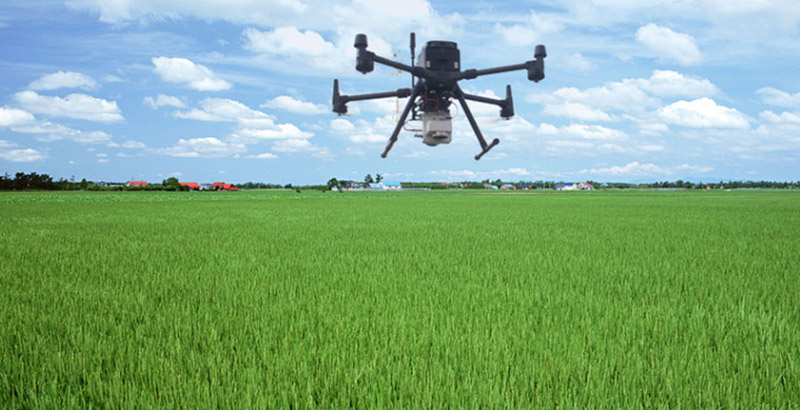Introduction
LiDAR technology is revolutionizing agriculture by enhancing automated harvesting and obstacle avoidance. By providing detailed 3D mapping of fields, LiDAR improves the efficiency and safety of agricultural operations.

In agriculture, LiDAR sensors are used to create accurate 3D maps of fields and crops. These maps enable automated harvesting systems to navigate fields, avoid obstacles, and optimize harvesting operations. For example, a LiDAR-equipped harvester can detect and avoid obstacles such as rocks and irrigation equipment, ensuring smooth operation.
Benefits for Automated Harvesting
LiDAR enhances automated harvesting by providing real-time data on the location and condition of obstacles. This improves the efficiency of harvesting operations and reduces the risk of equipment damage and crop loss.
Challenges and Solutions
Challenges in using LiDAR for agriculture include the need for robust sensors and the integration of LiDAR data with harvesting systems. Advances in sensor technology and data processing solutions are addressing th
Future Trends
The future of LiDAR in agriculture includes advancements in sensor technology, data analysis, and integration with other agricultural technologies. These developments will further enhance the efficiency and safety of automated harvesting and obstacle avoidance.
Conclusion
LiDAR technology is enhancing automated harvesting and obstacle avoidance in agriculture ese challenges, making LiDAR more effective for agricultural applications.
by providing detailed 3D mapping. Its role in improving efficiency and safety makes it a valuable tool for modern agricultural practices.


